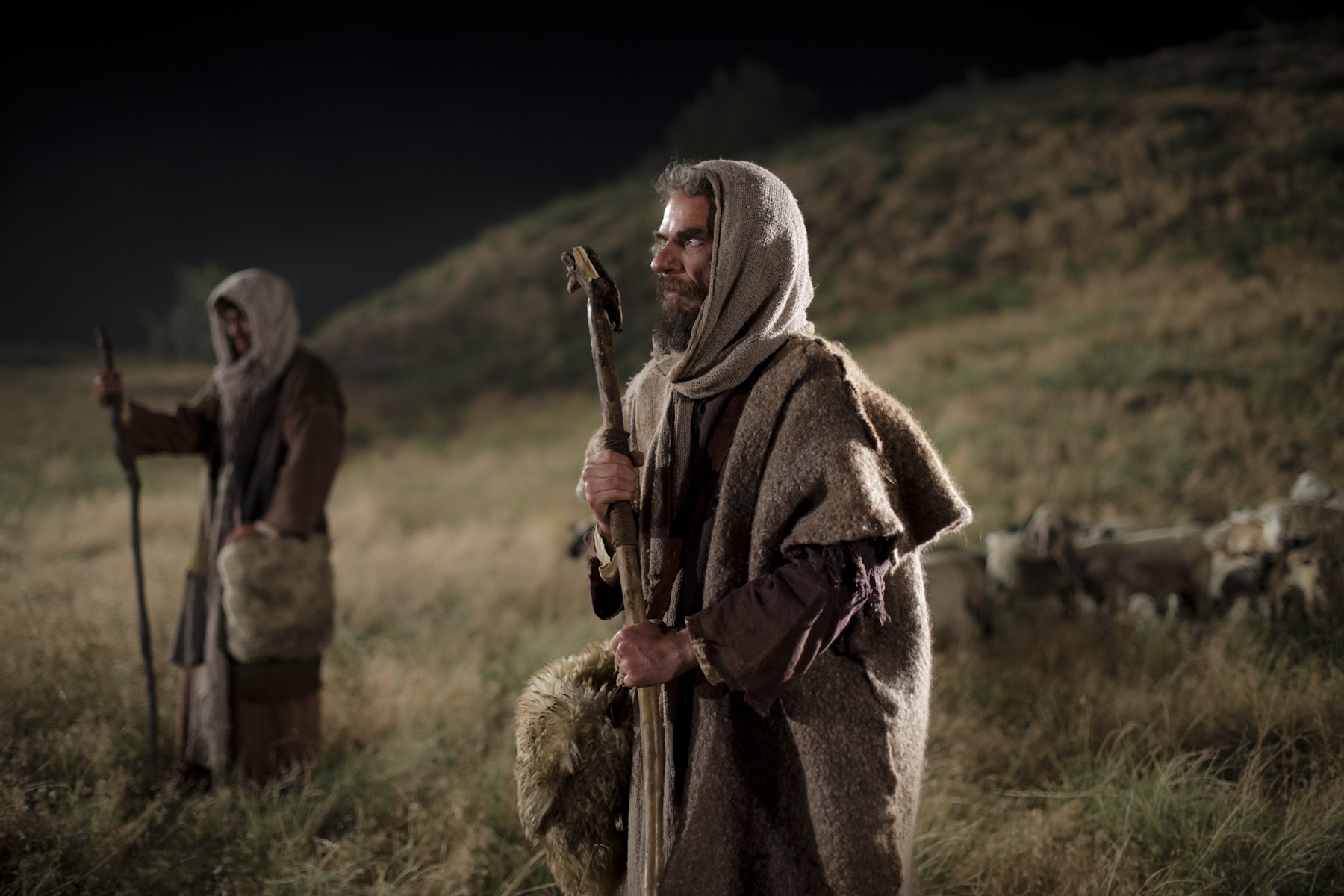 Not to be confused with International Youth Day or World Festival of Youth and Students.
Not to be confused with International Youth Day or World Festival of Youth and Students.
World Youth Day (WYD) is an event for young people organized every three (or sometimes, two) years by the Catholic Church.
World Youth Day was initiated by Saint Pope John Paul II in 1985. For the first celebration of WYD in 1986, bishops all over the world were invited to schedule an annual youth event to be held every Palm Sunday in their dioceses.
It is celebrated at the diocesan level annually, and at the international level every two to three years at different locations. The 1995 World Youth Day closing Mass in the Philippines set a world record for largest number of people  gathered for a single religious event (with 5 million attendees)— a record surpassed when 6 million attended a Mass celebrated by Pope Francis in the Philippines 20 years later in 2015.
gathered for a single religious event (with 5 million attendees)— a record surpassed when 6 million attended a Mass celebrated by Pope Francis in the Philippines 20 years later in 2015.
Source: Text & Images: Wikipedia Images, left: Crowd at Barangaroo, Sydney, for first day of WYD08 celebrations right: Pope Francis arrives at Copacabana, 26 July 2013
World Youth Day 2023 (Portuguese: Jornada Mundial da Juventude de 2023) will be a Catholic festival held in Lisbon, Portugal, and was originally scheduled to be celebrated in summer 2022. This was announced by Pope Francis and Kevin Farrell at the end of the closing Mass of World Youth Day 2019 in Panama City, Panama. Originally scheduled to be held in August 2022, the Holy See announced on April 20, 2020, that it will be postponed until August 2023 due to the 2019–22 coronavirus pandemic, as such, it will be held on August 1st–6th, 2023.
 At the mention of Palm Sunday, the scene immediately comes to mind (Mark 11:1-10).
At the mention of Palm Sunday, the scene immediately comes to mind (Mark 11:1-10).
 Ordinary people making the experience of an extraordinary event.
Ordinary people making the experience of an extraordinary event. Proverbs often have much wisdom encapsulated in a few words. They convey the popular wisdom which has much to tell us about life and situations.
Proverbs often have much wisdom encapsulated in a few words. They convey the popular wisdom which has much to tell us about life and situations.